in More Ways Than One
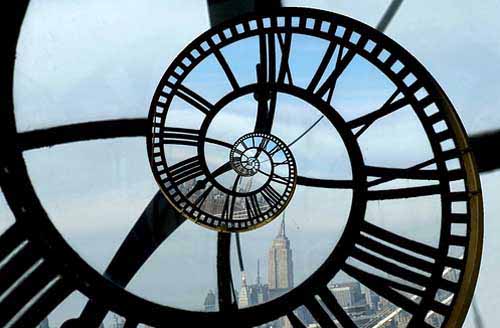
In the loops and cycles of time - everything repeats in patterns based on the duality of reality - forever seeking balance yet destined to never find and maintain it until the end. It's all about algorithms and the architecture of creation appearing to evolve in time and yet always the same. Sacred Geometry

As is Above, So it Below The Emerald Tables of Thoth the architect of our reality.
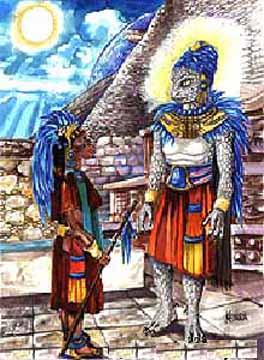
Then there was Quetzalcoatl - one and the same god - with a recycled platform.
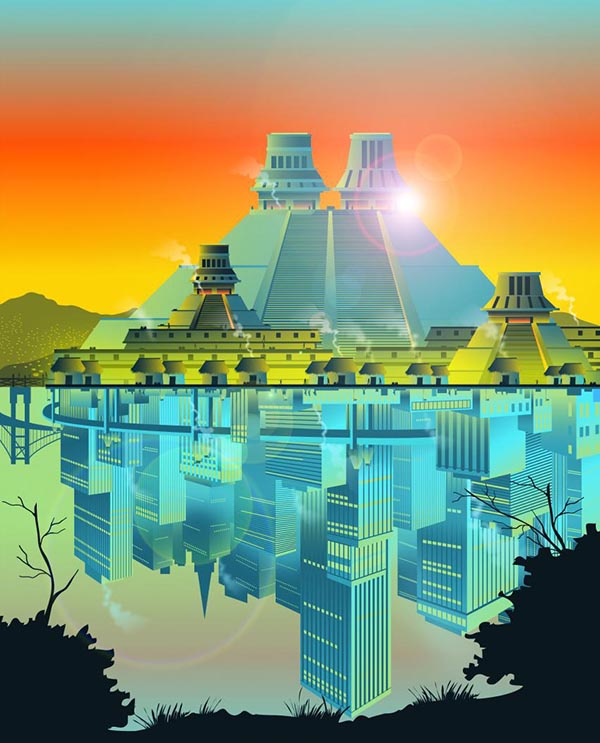
Ancient and modern cities aren't so different PhysOrg - February 21, 2015
Despite notable differences in appearance and governance, ancient human settlements function in much the same way as modern cities, according to new findings by researchers at the Santa Fe Institute and the University of Colorado Boulder. Previous research has shown that as modern cities grow in population, so do their efficiencies and productivity. A city's population outpaces its development of urban infrastructure, for example, and its production of goods and services outpaces its population. What's more, these patterns exhibit a surprising degree of mathematical regularity and predictability, a phenomenon called "urban scaling."
History Repeats Itself: Ancient Cities Grew Much Like Modern Ones Live Science - February 21, 2015
Before Spanish conquistador Hernan Cortes destroyed the Aztec capital Tenochtitlan in 1521, he marveled at its impressive size and wealth. In a letter to his king, he wrote that the city was as big as Seville or Cordoba back home. Tenochtitlan had boulevards, bustling markets, canals, courthouses and temples. The Aztecs didn't model their capital after a European city, but what Cortes saw was remarkably familiar.
Sure, each city has its own local quirks, architecture, language and cuisine. But recently, some theoretical scientists have started to find there are universal laws that shape all urban spaces. A new study suggests the same mathematical rules might apply to ancient settlements, too. Using archaeological data from the ruins of Tenochtitlan and thousands of other sites around it in Mexico, researchers found that private houses and public monuments were built in predictable ways.
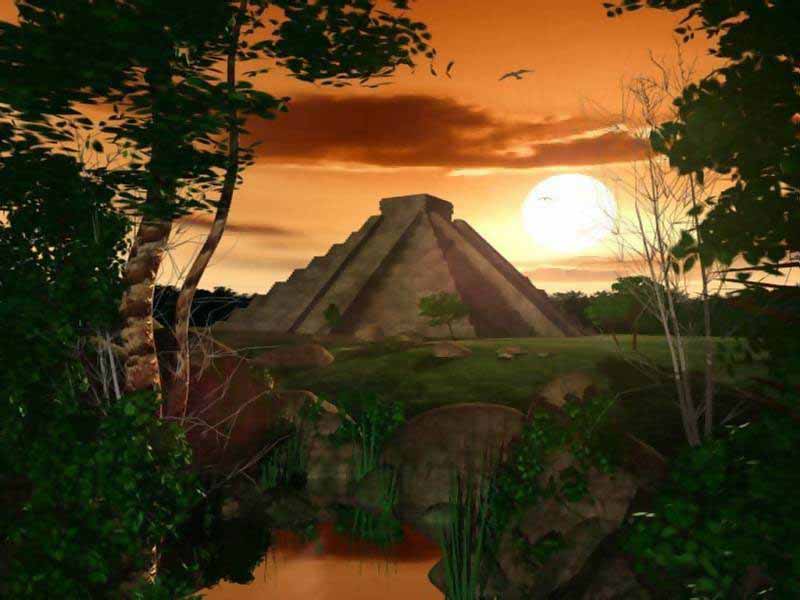
Pyramids of Mesoamerica
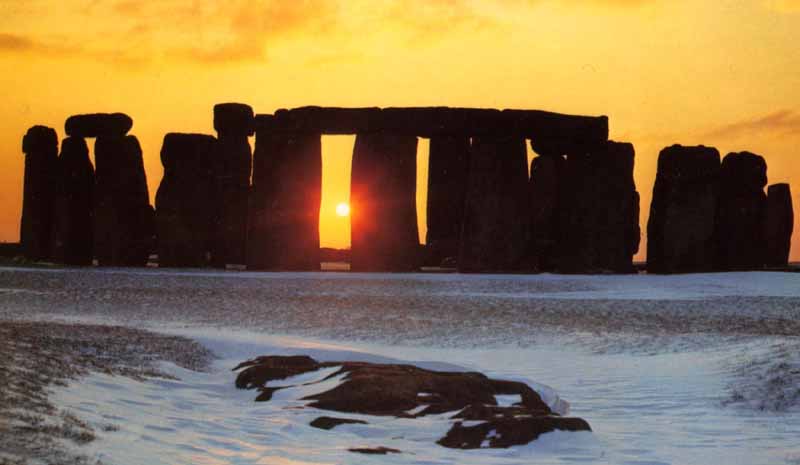
Astronomical Observatories